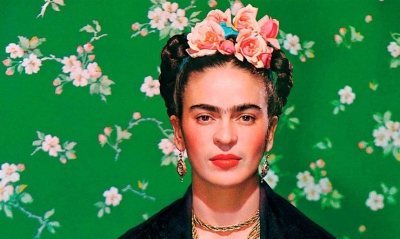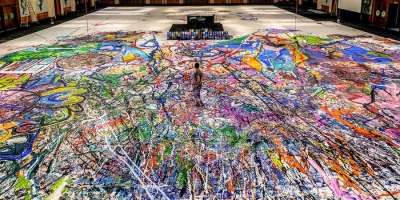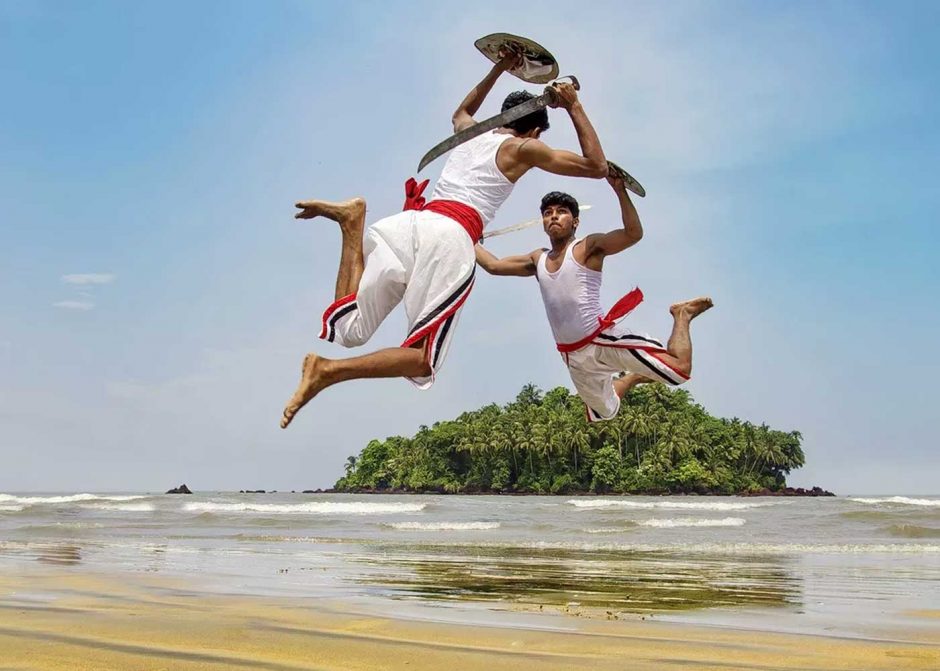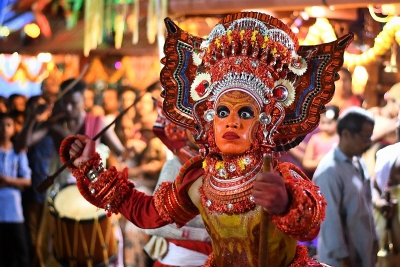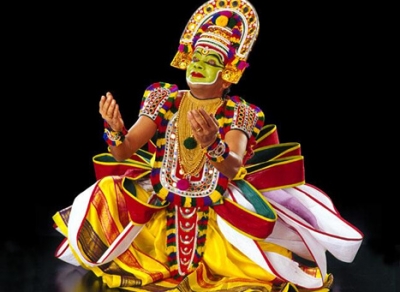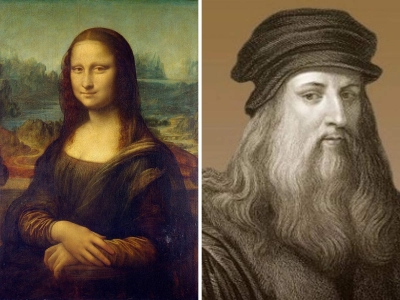
Nearly 500 years after his death, Leonardo da Vinci still remains the most well-known Renaissance Man. A jack of all trades, his masterful combination of art with math and science gave birth to plenty of inventions. As an artist, his masterpieces such as the Last Supper, Mona Lisa, and the Vitruvian Man, remain religious and cultural icons to this day. Discover the life and works of The Master, fall in love with his brilliance, and decode his genius with our top picks.
Leonardo da Vinci is probably the best-known Renaissance artist, famous for his masterworks The Mona Lisa and The Last Supper. The classic “renaissance man,” da Vinci was not only an artist but also an inventor, scientist, architect, engineer, and more. His innovative techniques included layering of paints, precise attention to light, shadow, and human form, and a detailed eye for expression and gesture — the last of which has led to endless speculation over the impassive face of the Mona Lisa. His famous sketch known as The Vitruvian Man is shown to the right.
In 1472 Leonardo was accepted into the painters’ guild of Florence, but he remained in his teacher’s workshop for five more years, after which time he worked independently in Florence until 1481. There are a great many superb extant pen and pencil drawings from this period, including many technical sketches—for example, pumps, military weapons, mechanical apparatus—that offer evidence of Leonardo’s interest in and knowledge of technical matters even at the outset of his career.
Picture Credit : Google

